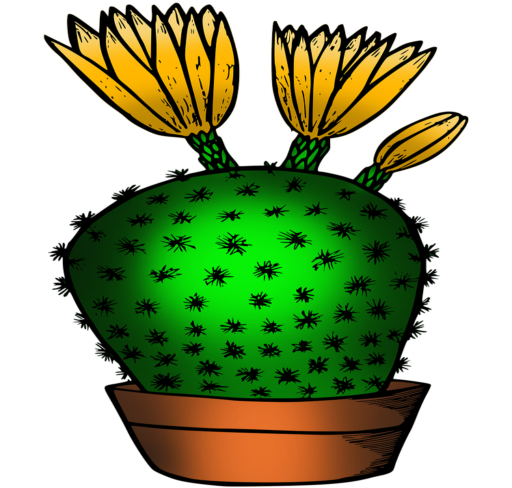Category: The Deserts
-
Tomato Diseases Will Ruin a Perfectly Planned and Planted Tomato Plant
Tomato plants are susceptible to a variety of diseases that will impact their health and productivity. Following are some common tomato plant diseases. Their descriptions, causal agents, symptoms, disease cycle and management: Early Blight (Alternaria solani): Early blight is a fungal disease that affects the leaves, causing brown to black spots with concentric rings. It…
-
Cucumbers Grow Astonishingly Well In Most Extreme Desert Environments.
The following shows how to grow cucumbers well in most desert environments. Soil Temp for Germ 65–90°F Seed Depth ½” Seed Spacing 4–6/hill Days to Emergence 4–13 Thin Plants to 1–2/hill Row Spacing 3–4′ Fertilizer Needs High Minimum Germination 80% Seeds per Gram ≈ 25–30 Seed Life 3 years Cucumber on the vine. Cucumis sativus A…
-
The Cooler Shorter Seasons of the High Desert
High Desert: If you want to plant in containers in a sheltered area, you can have a Winter garden September to April. Otherwise plant your cool-season plants on the shoulders of the warm season, March and April. Albuquerque, New Mexico is in the desert, even though the city’s altitude is over 5,000 feet. The altitude varies from…
-
The Hot Low Deserts Of The Southwestern United States
The Hot Low Desert: The Sonoran Desert is a good example of the hot low desert and best known for their long, hot summers. There are two main growing seasons in the low desert Southwest: The first growing season is from Mid-February until the end of May. Then after the high temperatures of summer, from…
-
Hungry Worms Nourish and Enrich the Soil
How Do Hungry Worms Nourish and Enrich Soil? Conceivably no other living organism in the soil is as significant as an earthworm in helping to increase soil healthiness. Earthworms increase soil ventilation, penetration, construction, nutrient sequence, water movement and plant development. Hungry Worms are one of the main decomposers of organic matter. Earthworms can play a…
-
High Desert Gardens in July
What’s Happing in the Albuquerque, New Mexico High Desert Gardens in July? High Desert Gardens in July are growing robustly. Daytime temperatures range from mid-eighties to the high nineties. Occasionally it will hit 100 degrees or a little more, but not too often. What is Growing in High Desert Gardens in July? Corn, Green Beans…
-

-
Zucchini
How to Plant Zucchini Sow zucchini seeds directly in the garden in fertile, warm soil in full sun after danger of frost has passed. However, be sure to choose an area when you did not plant zucchini or related crops within 2 years. Sow 2-3 seeds in hills about 36 inches apart. Cover with 1…
-
Watermelon
How to Plant Watermelons Sowing Seed Indoors Direct sowing is recommended, but to get a head start you can start watermelon indoors 3-4 weeks before the last frost in individual biodegradable pots indoors. Sow 2-3 seeds per pot. Sow seeds 1 inch deep in seed-starting formula. Keep the soil moist at 70 degrees F. Seedlings…
-
Turnips
How to Plant Turnips Begin growing turnips by sowing seeds in well-worked soil in full sun in early spring and again in late summer for a fall crop. In frost free areas, sow in fall. Do not plant cabbage family members in the same place 2 years in a row. Roots benefit from soil that is…
